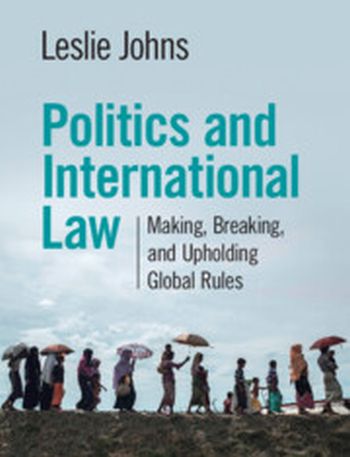
International law shapes nearly every aspect of our lives. It affects the food we eat, the products we buy, the rights we hold, and the wars we fight. Yet international law is often believed to be the exclusive domain of well-heeled professionals with years of legal training. This text uses clear, accessible writing and contemporary political examples to explain where international law comes from, how actors decide whether to follow international law, and how international law is upheld using legal and political tools. Suitable for undergraduate and graduate students, this book is accessible to a wide audience and is written for anyone who wants to understand how global rules shape and transform international politics. Each chapter is framed by a case study that examines a current political issue, such as the bombing of Yemen or the use of chemical weapons in Syria, encouraging students to draw connections between theoretical concepts and real-world situations. The chapters are modular and self-contained, and each is paired with multiple Supplemental Cases: edited and annotated judicial opinions. Accompanied by ready-to-use PowerPoint slides and a testbank for instructors.